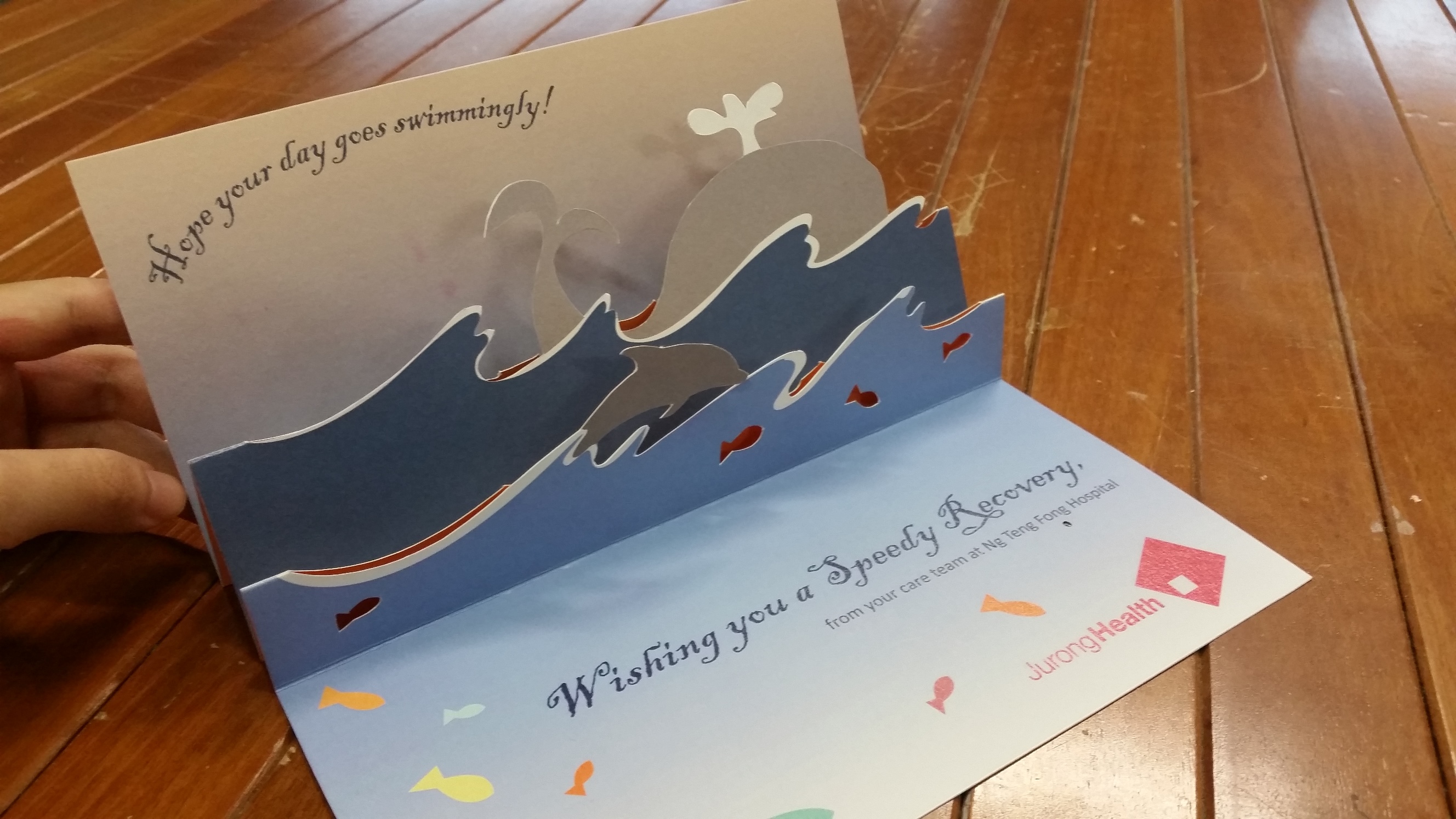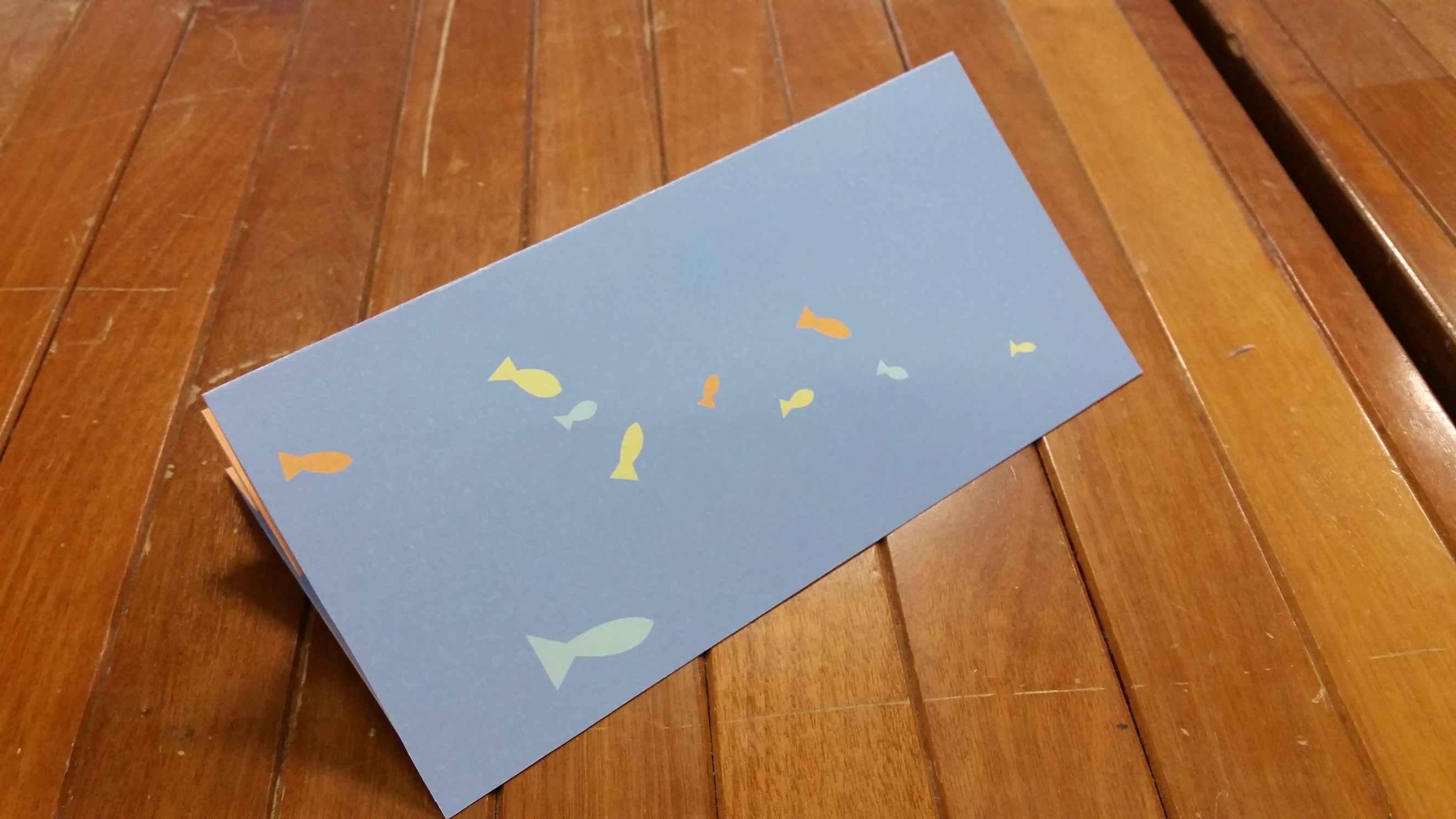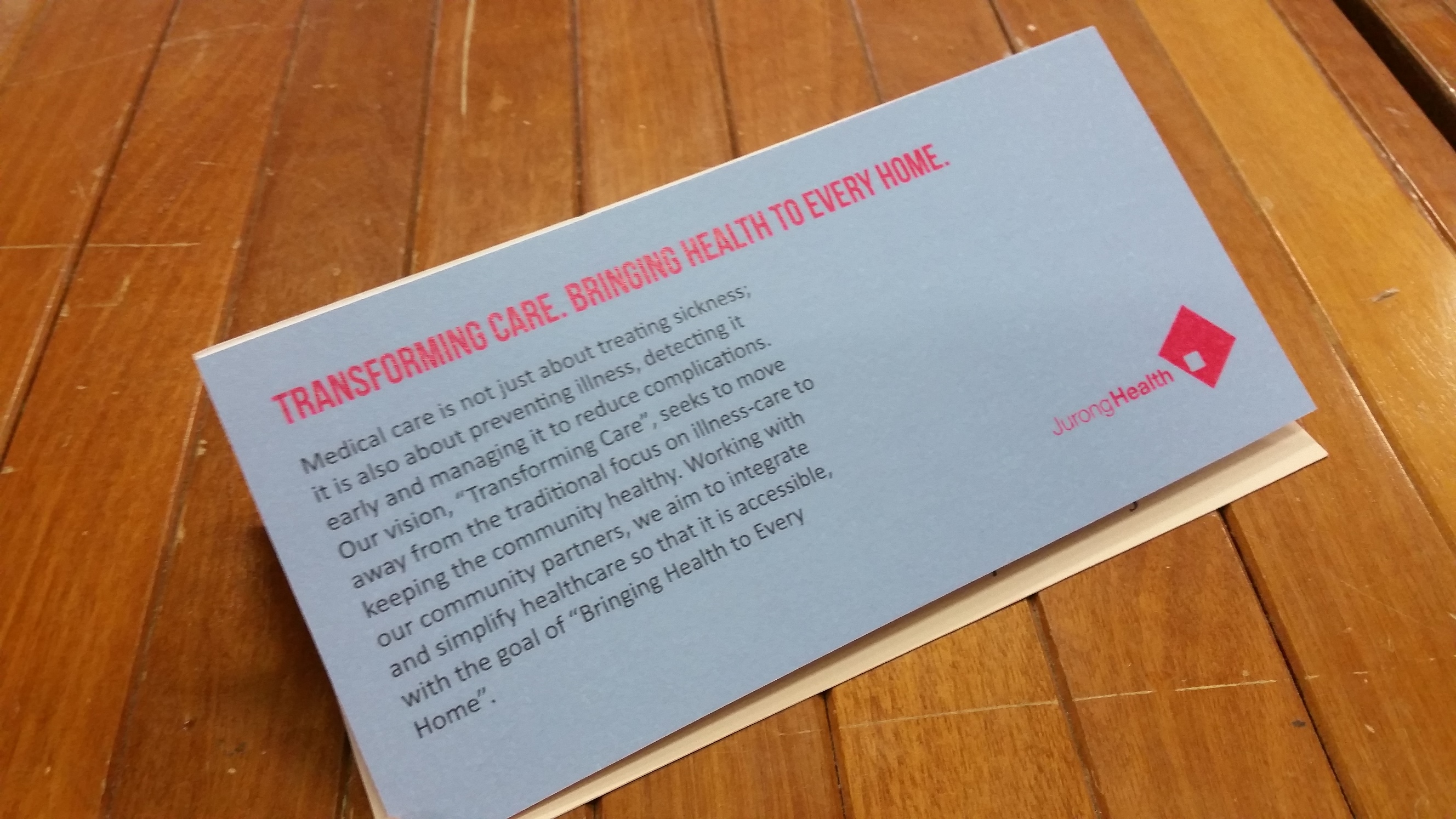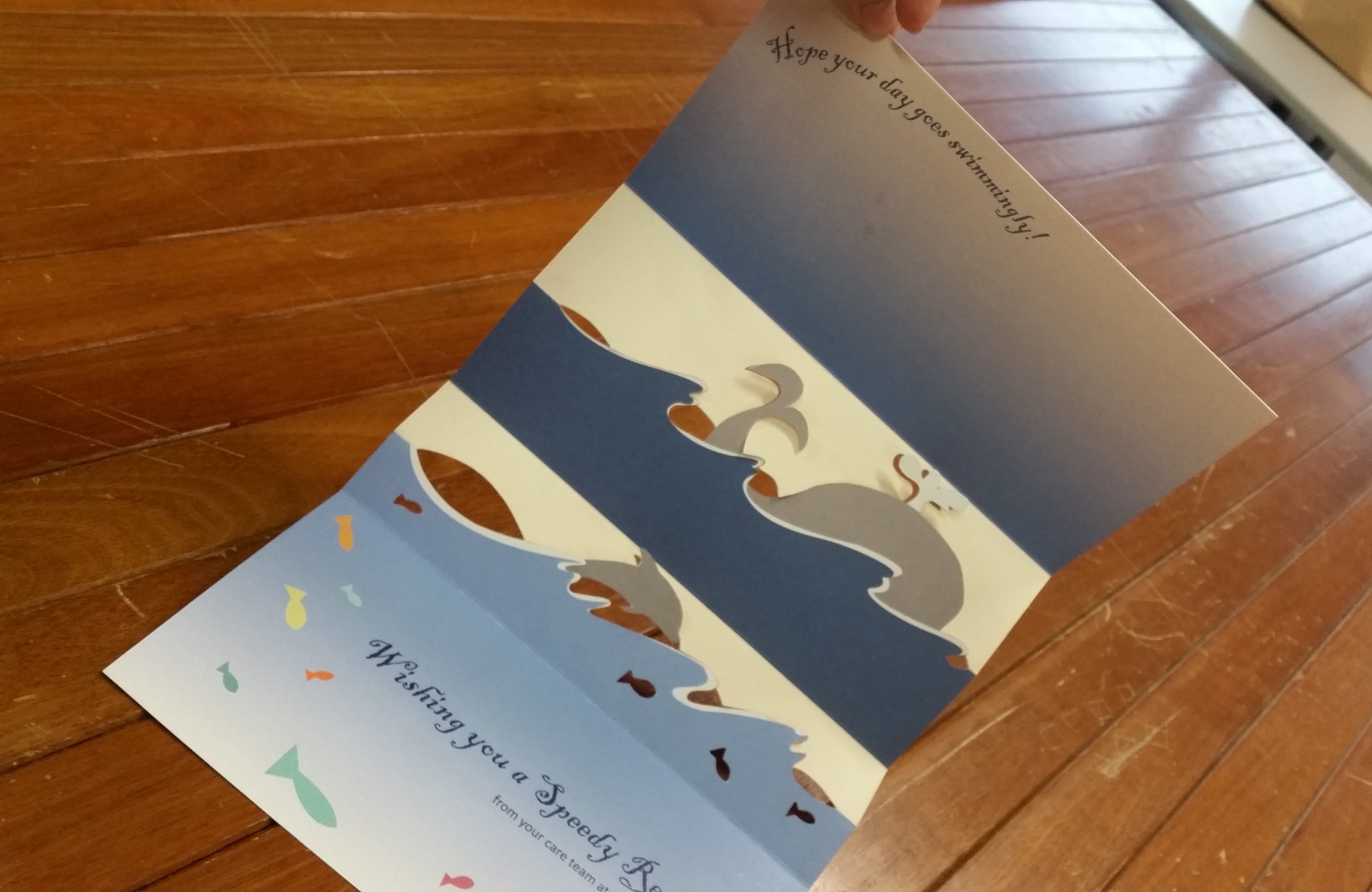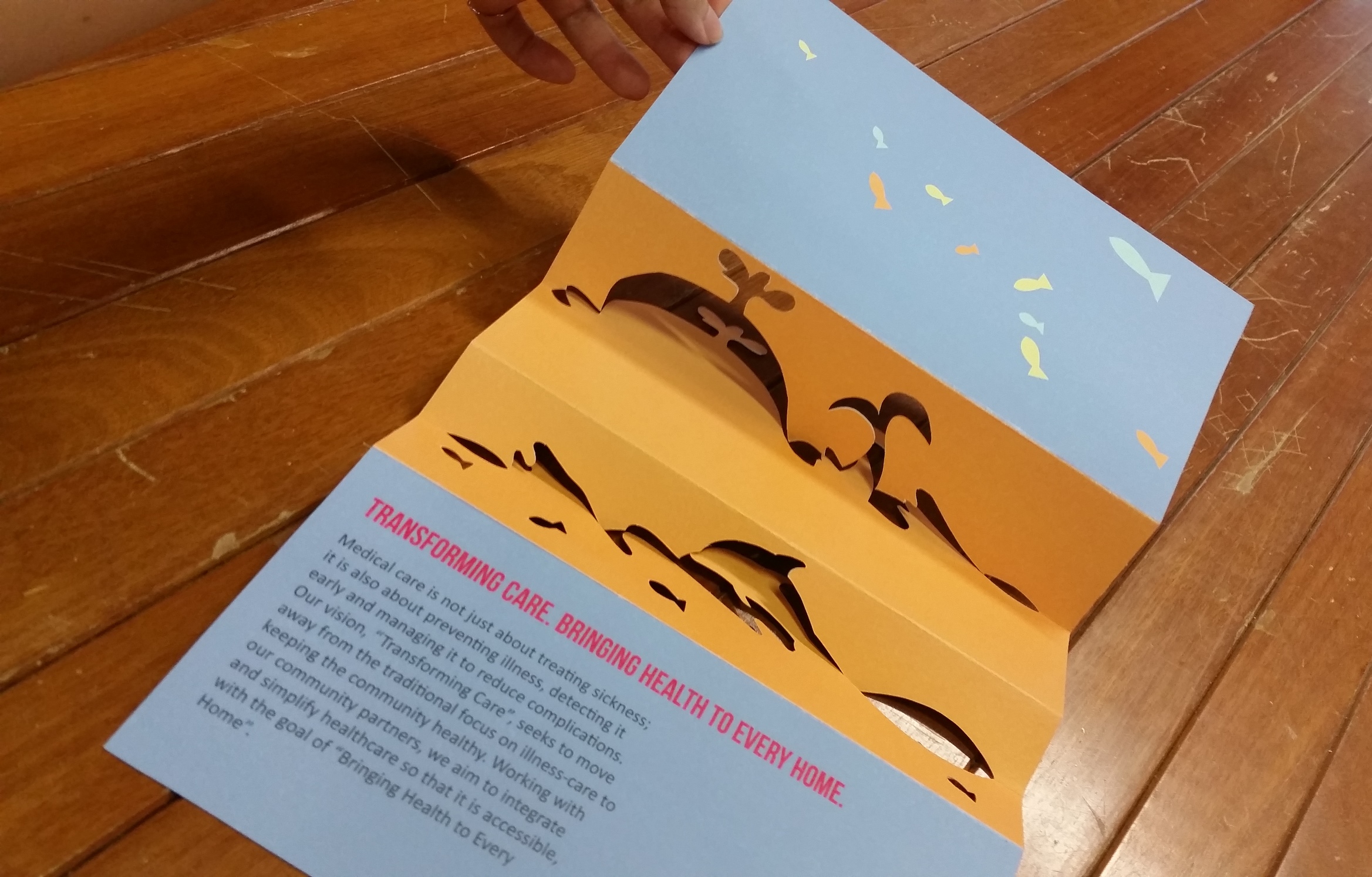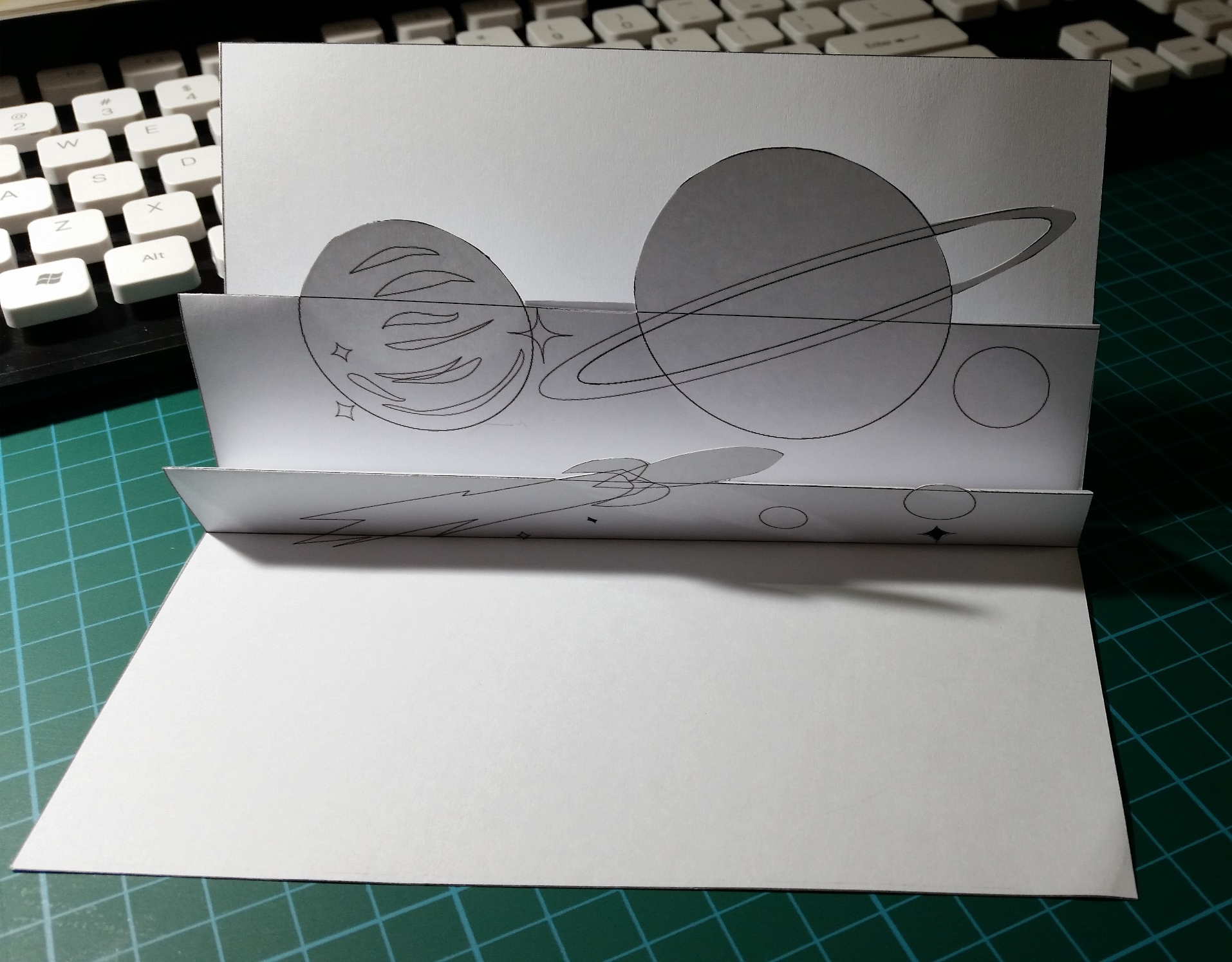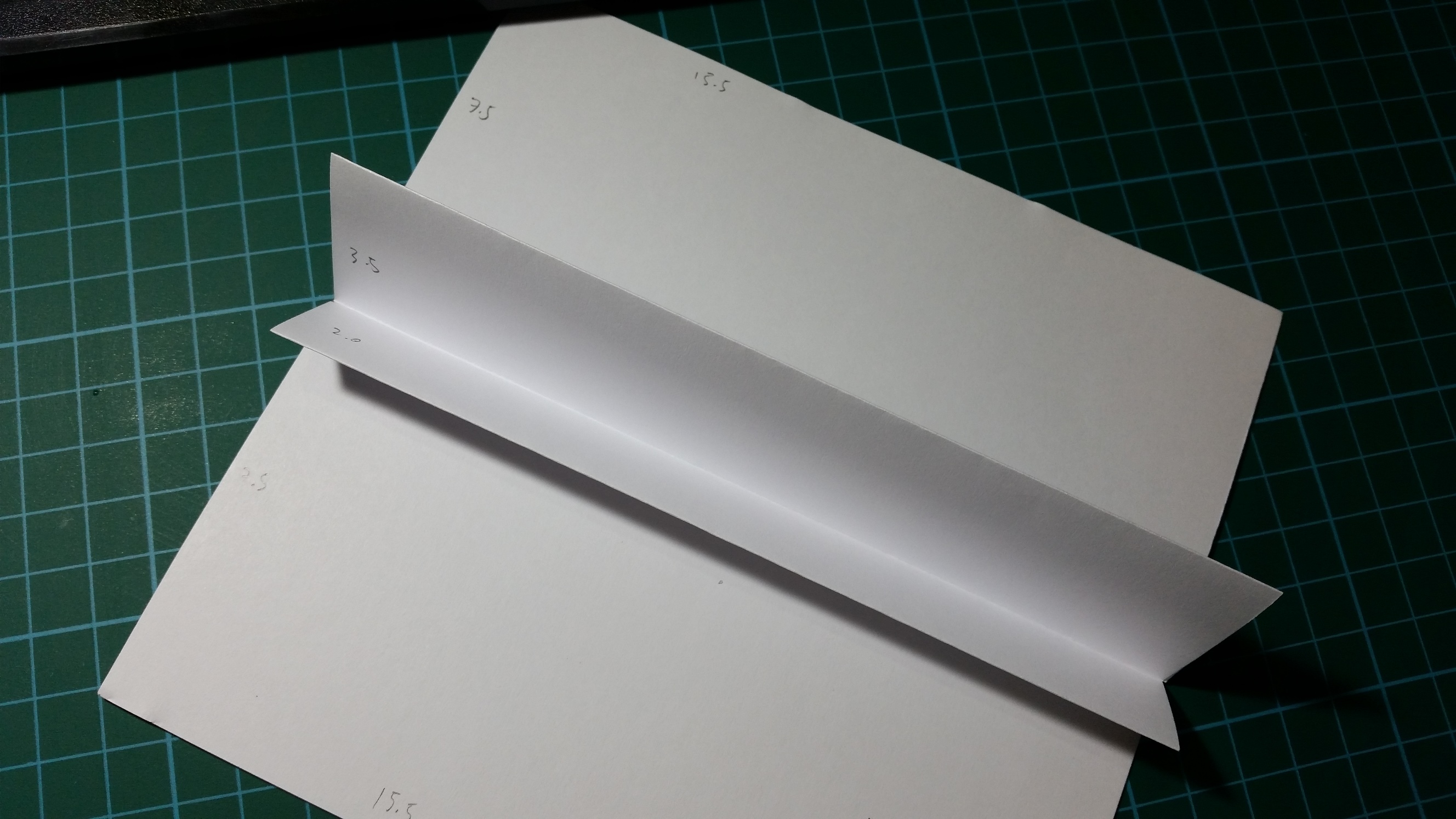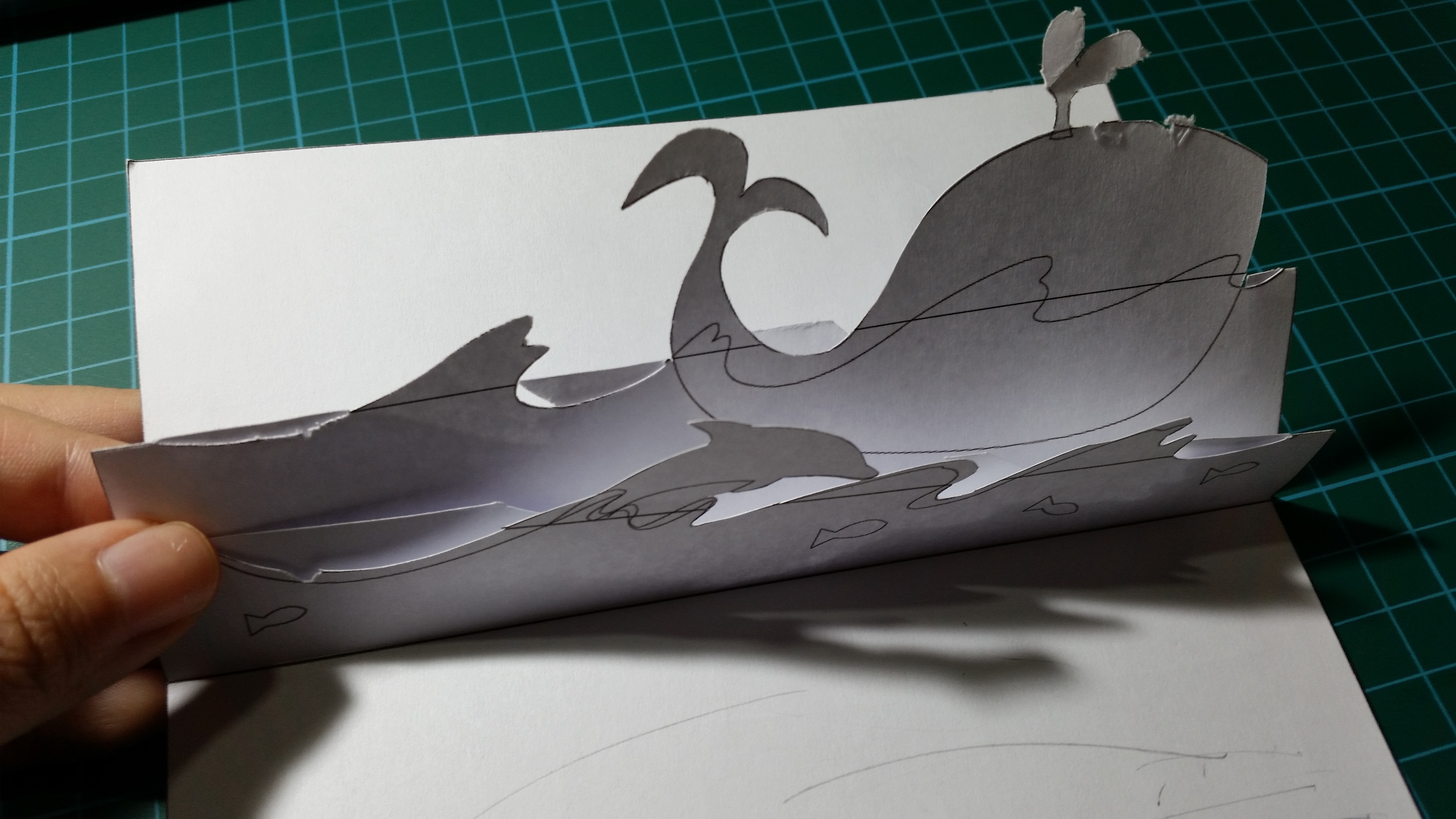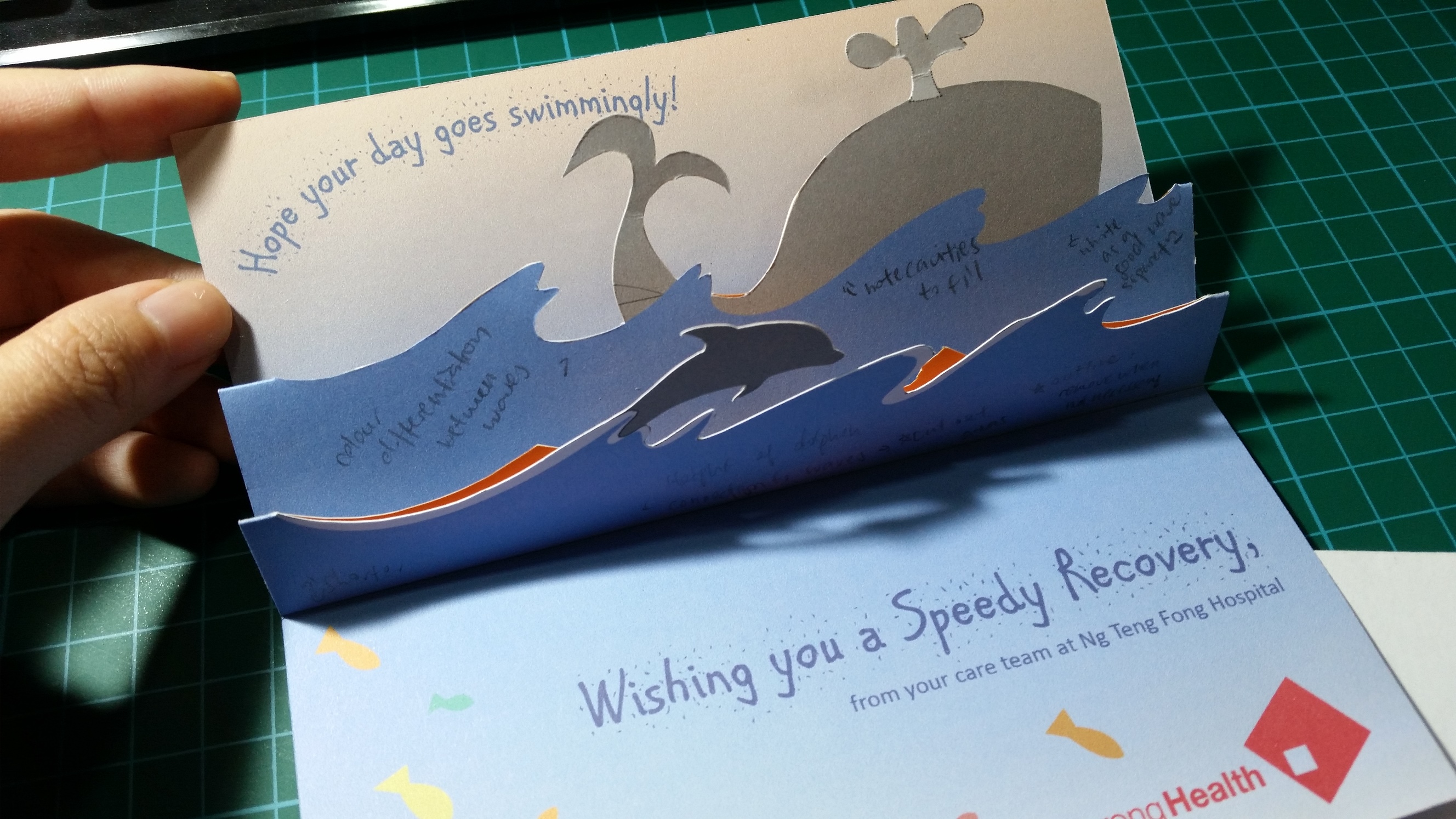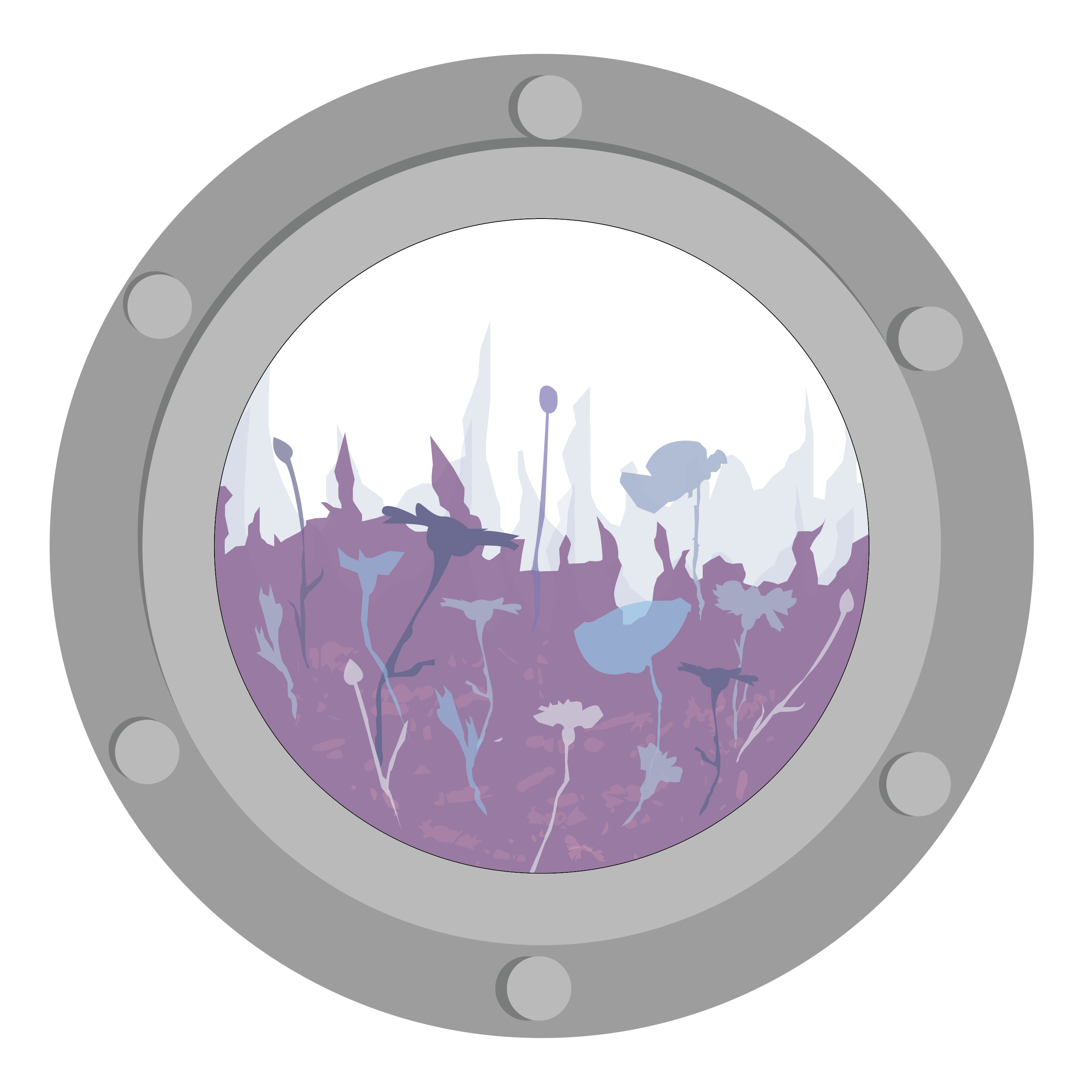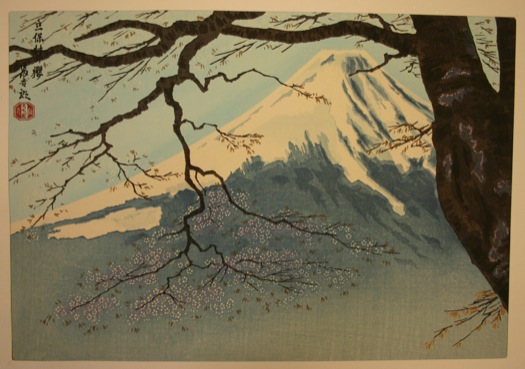
After the initial brainstorming, I chose a few ideas to develop into draft pieces:
Hit By The Bullseye

This piece hones on the idea of the mosquito bite looking like a bullseye – marking the victim as a target for Zika infection.
Personally though, I found this concept to be a bit too overdone and too direct, which might defeat the purpose of the poster as people will tend to skip over it.
ZIKA – Not a Love Bite

For this poster concept, I tried to go for a more interesting/ provocative route – love bite referring to the mosquito bite but feedback from the class was that the concept was too sexualised and might not convey the intended meaning well.
Suggestions were given to focus on other parts of the body (e.g. the neck) to put more focus on the mosquito bite.
Human Slurpee

Personally this was my favourite out of the three – I liked the slogan as I feel that it was the most original out of the three.
However, feedback was that the image of the slurpee was not obvious enough to convey that the poster was about Zika – the viewer had to look closely to the smaller tagline at the bottom to find out.
Hence, the central image could be clarified to serve the message better.
Revisions
After the first session, I made some revisions on the last 2 concepts based on my peers’ feedback:

This was a variation of the “love bite” concept, but I tried to focus on the mosquito bites on the neck to simulate hickies/ focus on the bites to make it less sexual. I did a few variations on colour/ layout as well:





I also applied the same treatment onto the image of a man to create the “guy” version:


For the “human slurpee” concept, I tried to change the image of a slurpee cup to something a little more direct – a blood bag! I also tried to juxtapose the image of a mosquito head to make the reference more obvious. For this concept, I mainly experimented with the relative size and placement of both the image and the text as the combined image of the mosquito sucking on the blood bag became very long in shape and quite clunky to manipulate.





